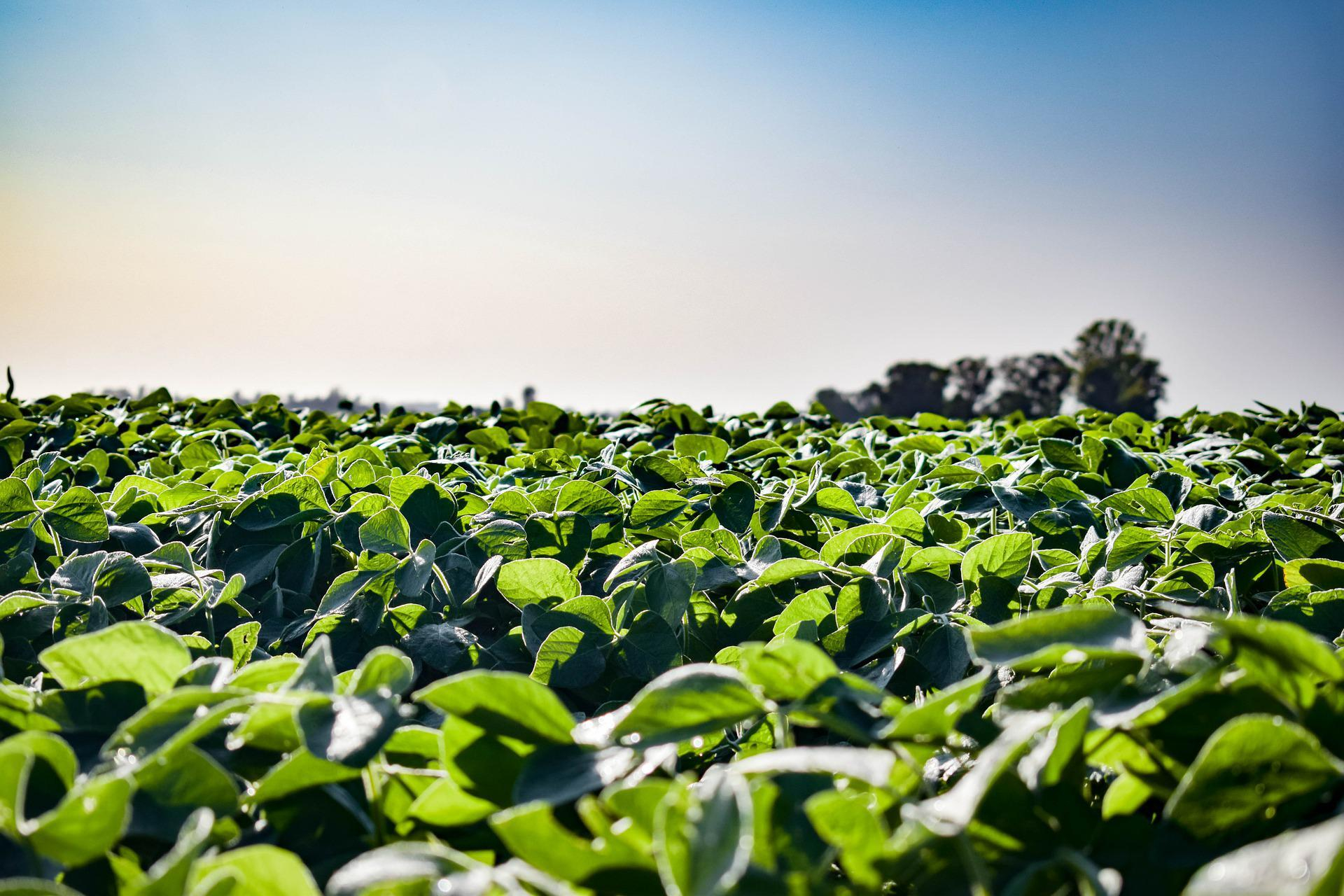Free The P

Phosphorus.
You add it to your field each year like clockwork. But chances are that investment isn’t providing the return you expect. That’s because soil typically releases only 10-35% of the applied Phosphorus. The rest gets tied up or becomes otherwise unusable.
This means that not only are you wasting up to 90%, but also your crops aren’t getting what they need.
With this inefficiency, the solution can’t be simply adding more Phosphorus. That eats into your farm’s profitability. Instead, it’s about managing and controlling the constraints of your soil. But first, it’s helpful to understand the limitations you face.
The Problems
The lack of Phosphorus availability is caused by three cyclical problems that are happening every minute of every day.
pH Levels
Soil chemistry happens very quickly and pH levels have a significant impact on what happens when you apply DAP and MAP fertilizer.
If you have high pH levels, that typically means you also have a high amount of calcium in your soil. When combined with that calcium, Phosphorus creates an insoluble compound. Your crops can’t use it.
With low pH levels, it’s often the iron, aluminum, or manganese that cause the problem. As the acidity in your soil increases, the more available these nutrients become. Unfortunately, your Phosphorus gets tied up.
Form
Phosphorus can take the form of organic and inorganic materials. Organic sources include:
Plant residue
Manure
Compost
Humus soil
With all of these sources, the organic material is essentially useless to crops unless they can be broken down through a process called mineralization.
The inorganic form of Phosphorus is available to the crop, but it is also the form that is susceptible to being attacked and tied up in other chemistries in the soil, such as Calcium, Iron and Aluminum. In that case, the Phosphorus is insoluble or unusable to the crop.
Time
Finally, time is the third key element. Early season availability of Phosphorus is determined by the temperature, which influences:
Root growth
Microbial activity
The form of the Phosphorus
With the fluctuations in weather, you’re not as in control as you’d like to be.
The Solution
With all these factors at play, it can feel like the deck is stacked against you. However, the solution is simpler and smaller than you might think.
The key is microbes.
These tiny organisms will “free the P” by transforming the Phosphorus into a plant food your crops can actually use. For years, BW Fusion has partnered with the brilliant minds at Biodyne to understand and unlock the science of soil.
One great example of this is our product BW Meltdown. It’s an all-organic microbial team that digests and breaks down the idle crop stubble, transforming it into a source of nutrition for the next season. Basically, it turns trash into treasure.
BW Meltdown can help:
Minimize the need for field preparation
Reduces wear and tear on your equipment
Minimize hair-pinning in no-till operations
Increase nutrient value-per-acre by over 64% (based on independent research)
If you’d like to learn more about this product or a variety of others, talk with our team of agronomists.